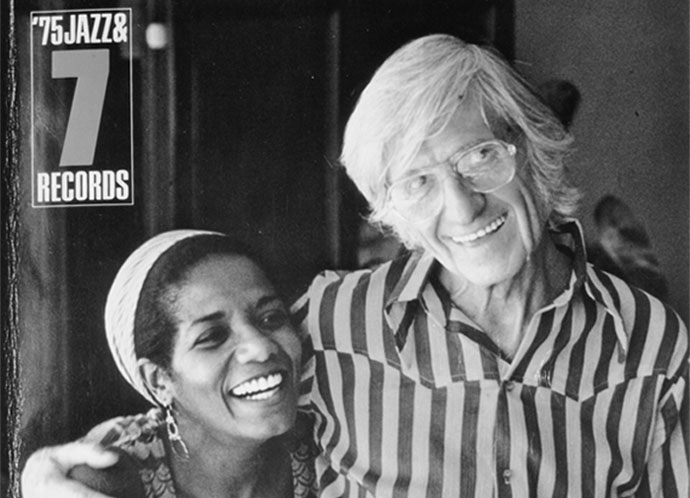 Jazz Profiles Gil Evans: The Arranger as Re-composer (Part 8)
Gil
obviously places a high value on melody in his writing as his original
themes or the manner in which he orchestrates the theme of standard
tunes have a way of finding themselves into one’s subconscious and
staying there a la – “I can’t get this tune out of my head.” This
is in large part because Gil works with melodies to make them
easily-remembered short phrases, generally four or eight bars in length
and these are often heard in combination with other similar phrases to
fashion something akin to a musical mosaic with individual pieces
joining together to create a musical whole. Gil
crafts little melodic devices that are wonderful examples of the
composer’s art. And he has learned over the years to base his
compositions out of the fewest possible melodic building blocks because
if there too many melodies, or for that matter, too many rhythms and too
many different chords in a piece, the listener can get confused and
eventually bored. And
on the subject of chords, the building blocks of harmony, here Gil’s
approach involving multi-part harmony is more akin to modern composers
such as Debussy, Bartok and Stravinsky than to those of the Classical
period. As Bill Kirchner, Gene Lees
and Max Harrison, among others, have noted, the melodic, harmonic,
rhythmic and textural elements that are combined to make a “cooler” Jazz
have been around since the beginnings of the music itself. In the December 1958 and February 1960 issues of the original Jazz Monthly magazine,
Max Harrison provided a comprehensive and analytical review of Gil
Evans’ music and his career dating back to his time with the Claude
Thornhill orchestra in the mid-1940s and the Birth of the Cool recordings
through the issuance of the Miles Davis collaborations on Columbia and
the earliest recordings under Gil’s own name on Pacific Jazz, Verve and
Impulse. These articles were later collected and published in book form under the title A Jazz Retrospect. We
will post Max’s essay from this book in its entirely to form the second
part of our visit with Gil Evans, a musician whose “… lack of formal
training may be the key to his originality, for he can arrange harmonies
that no one else has ever arranged and cluster instrumental groups that
no one has ever sectioned before.” [Jack Chambers, Milestones, Vol. 1, p. 95]. |
|

